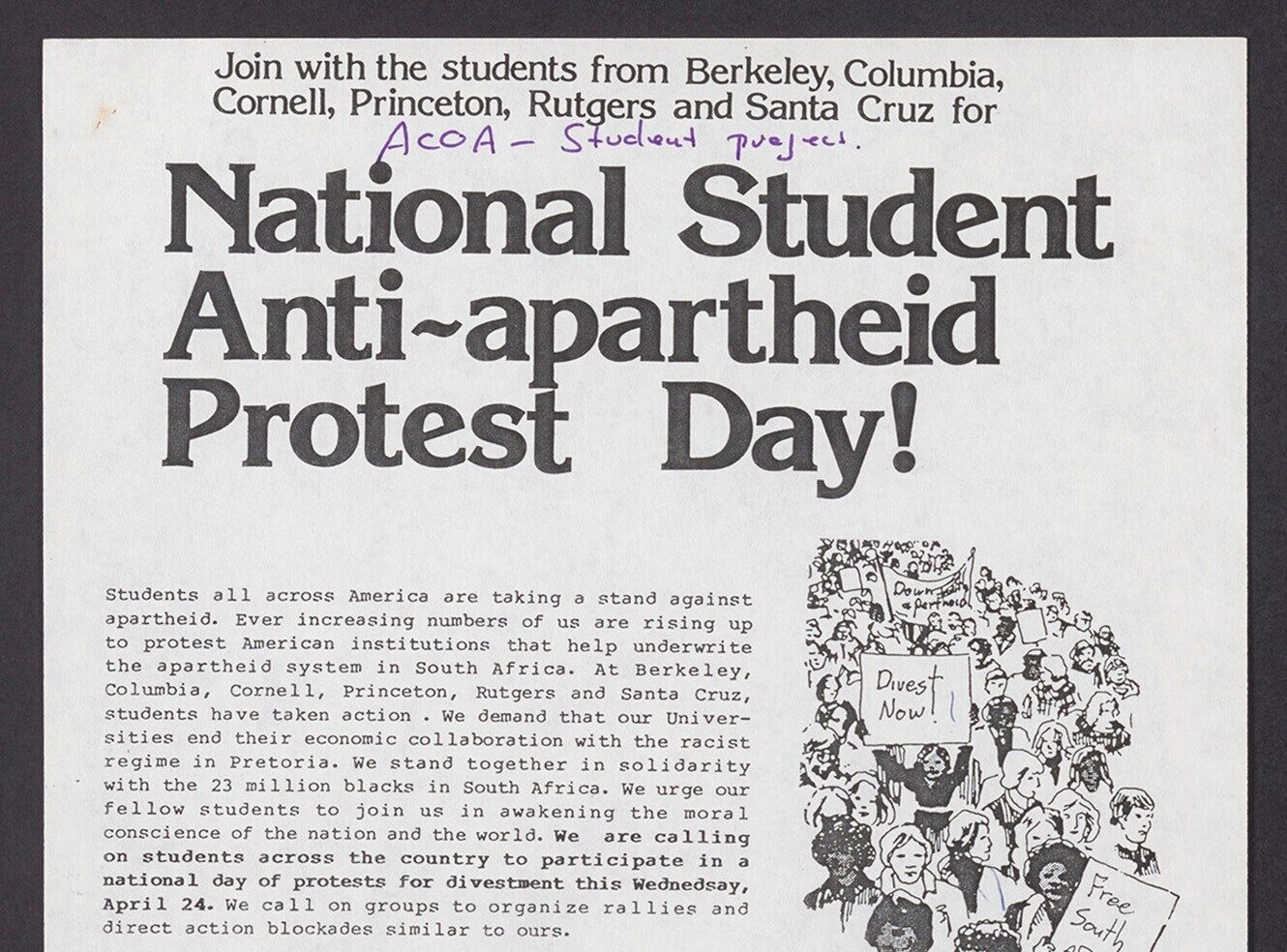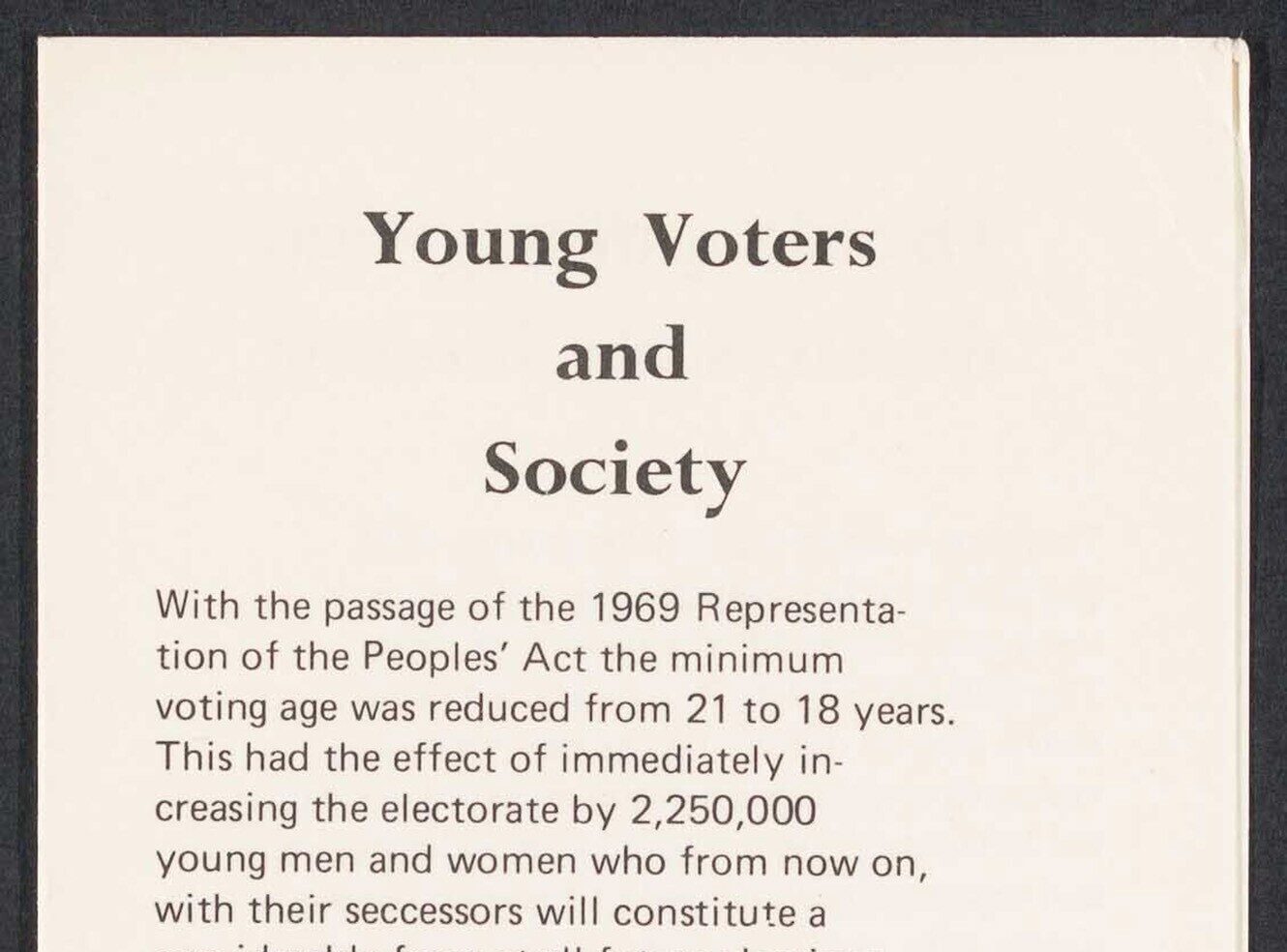Where Were You on May 12th?
The final part of Mass Observation Online has been released today making the Mass Observation Archive available to researchers in its entirety. But where did it all begin?

The first report to be published by Mass Observation was "May the Twelfth: Mass-Observation Day-Surveys 1937 by over two hundred observers". The report contains the results of the first study undertaken by Tom Harrisson and Charles Madge, the founders of the Mass Observation organisation. An important early focus of Mass Observation was King Edward VIII’s abdication in 1936 to marry divorcee Wallis Simpson; a constitutional crisis in the British Empire. Harrisson and Madge wanted to record how the British public felt about these events and the succession of George VI. Harrisson and Madge called for people from all parts of the UK to record everything they did from when they woke up in the morning to when they went to sleep at night on 12th May; the day of King George VI's coronation.

Worktown Photo - Queen's Park. Image © Bolton Library and Museum. Further reproduction prohibited without permission.
As part of the first ‘observation’ a document was circulated to observers entitled ‘Where Were You on May 12th?’ Observers were asked questions such as; ‘Do you think it benefits the country to have a Coronation?’ and ‘Were your neighbours keen on the Coronation?’ Respondent 233 thinks the Coronation is of no benefit to the country and remarks that ‘it is extremely Hollywood.’ Respondent 510 on the other hand notes that processions are beneficial but ‘they should either mean something important, e.g. the Lord Mayor’s Show, or be explosions of fun, e.g. nice carnival.’
The replies and day surveys from the 12th May 1937 were the beginning of a project that would document public opinion over four decades. The ordinary replies often produced extraordinary results and provide a unique insight into everyday life in Britain.
Mass Observation Online is out now.
Recent posts

The blog highlights American Committee on Africa, module II's rich documentation of anti-apartheid activism, focusing on the National Peace Accord, global solidarity, and student-led divestment campaigns. It explores the pivotal role of universities, protests, and public education in pressuring institutions to divest from apartheid, shaping global attitudes toward social justice and reform.

This blog examines how primary sources can be used to trace the impact of young voices on society, particularly during pivotal voting reforms in the UK and the US. Explore materials that reveal insights into youth activism, intergenerational gaps, and societal perceptions, highlighting their interdisciplinary value for studying youth culture, activism, and girlhood across history.
